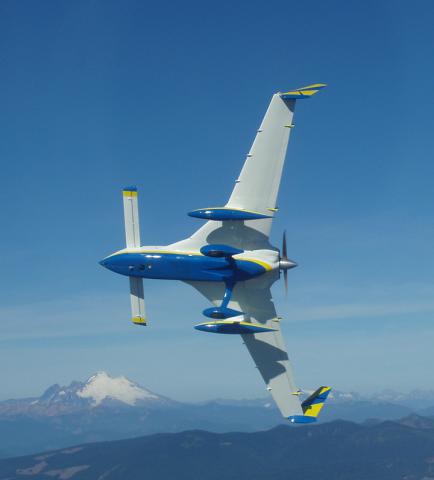

I don’t usually get too attached to ‘common’ production airplanes, but I must admit that I have developed a fond appreciation of the Cirrus SR20. A friend of mine, Michael Burke, was an early production spot holder as the company went through development and into certification. I listened for several years as he extolled the benefits of the plane and his reason to purchase one.
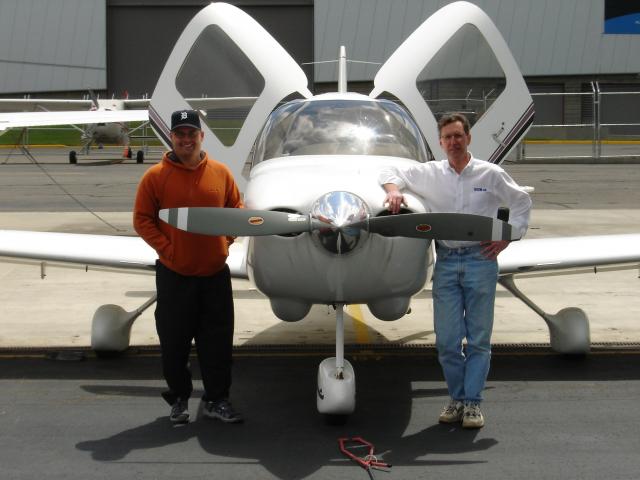
| Crew | 1 |
| Passengers | 3 |
| Length | 26 (7.92 m) |
| Wingspan | 38 ft 4 in (11.68 m) |
| Height | 8 ft 11 in (2.7 m) |
| Wing area | 135 ft² (12.54 m²) |
| Empty weight | 2,115 lb (961 kg) |
| Max takeoff weight | 3,000 lb (1,363 kg) |
| Powerplant | 1 Continental IO-360-ES (200 h.p.) |
| Maximum speed | 155 KTAS mph (287 km/h) |
| Range | 627 nm (1,161 km) |
| Service ceiling | 17,500 ft (5,334 m) |
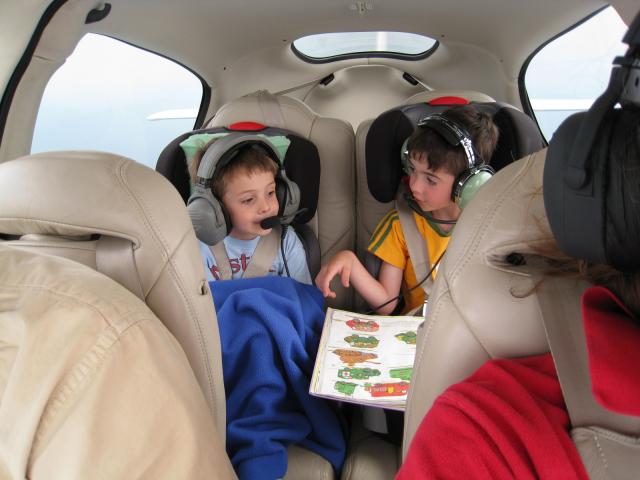
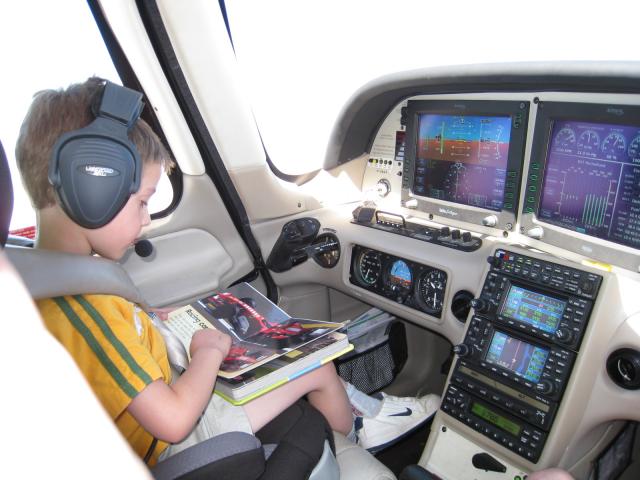
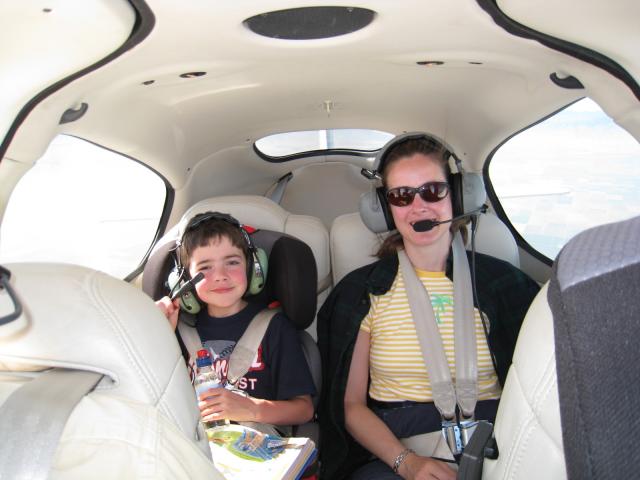
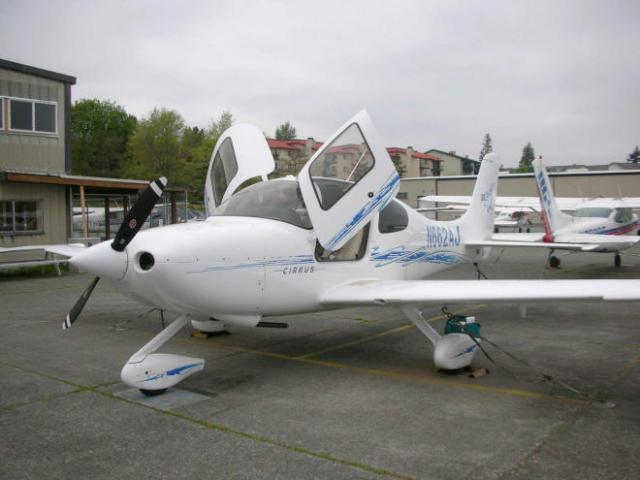
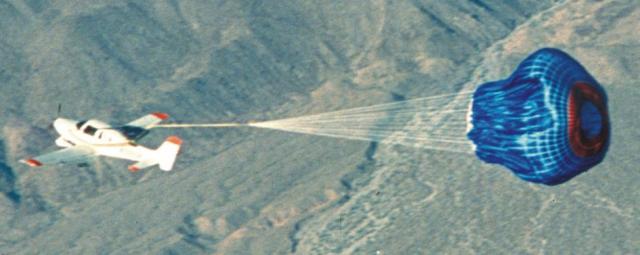
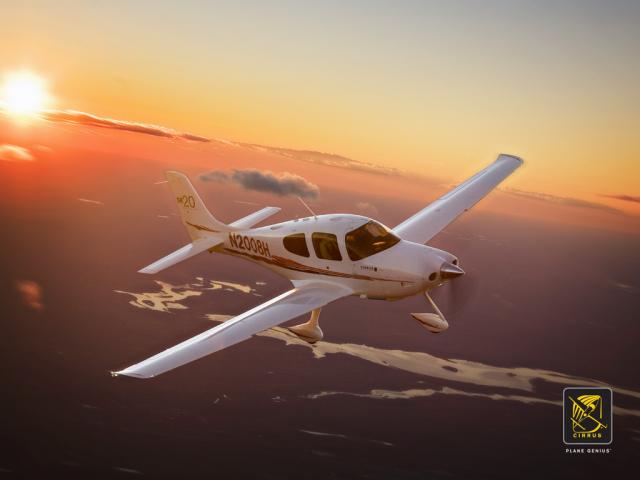

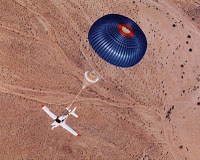
Getting checked out in the Cirrus was the first obstacle. The manufacturer, FAA, and insurance companies had gotten together and agreed that the standard 1-hour checkout expected for most other single-engine pistons was not sufficient, although it could technically be accomplished. Instead, they developed a 15-hour checkout process, which I accomplished in 2008. This was a very expensive endeavor – over $3,000 just to get qualified to rent the plane on my own.
The things I enjoy most about the Cirrus are its comfort and safety. The inside of the plane looks and feels more like a Mercedes sedan than a piston airplane. Even though I am slightly more than 6’ 1” tall, I found traveling in the plane very comfortable, and Kay was comfortable in the back seat for some of the legs when we allowed one of the boys to ride up front with me. The boys enjoyed sitting in front since there was no conventional yoke in the way, the Cirrus instead using a side stick. For a low-wing plane, the visibility is quite good, even over the nose.
For safety, Cirrus pioneered the use of a ballistic parachute to lower the entire plane to the ground in the event of a problem. Oddly enough, I had scoffed at the initially plan for the parachute, for I feared it would entice pilots with marginal skills to press into situations that they ought not to be in. When you are travelling with your spouse and two young children, the peace of mind that this provides is invaluable.
The handling of the plane generally isn’t important – it is intended to be flown by the autopilot from the time you climb through 500’, all the way until on final. I felt that the methodology for using the plane was very similar to flying a Boeing – autopilot management is the crux of ‘flying’ the plane.
The lines of the Cirrus are pleasing, especially when compared to the boxy lines of the Cessnas and Pipers. Its sleek fiberglass exterior looks fast just sitting on the ramp, and this is borne out in flight. Even with 4 passengers on board, it will cruise at 150 KTS, whereas a similar Cessna 182 would be hard-pressed to turn out 125 knots.
Cale Carter and Michael Burke pose in front of the distinctive doors of the Cirrus SR-20
Cirrus descends gently under the full ‘chute
Cockpit of the Cirrus SR20 – side sticks, full glass panel, single power lever, and automotive styling
Sean and Alex enjoy traveling in the back seat